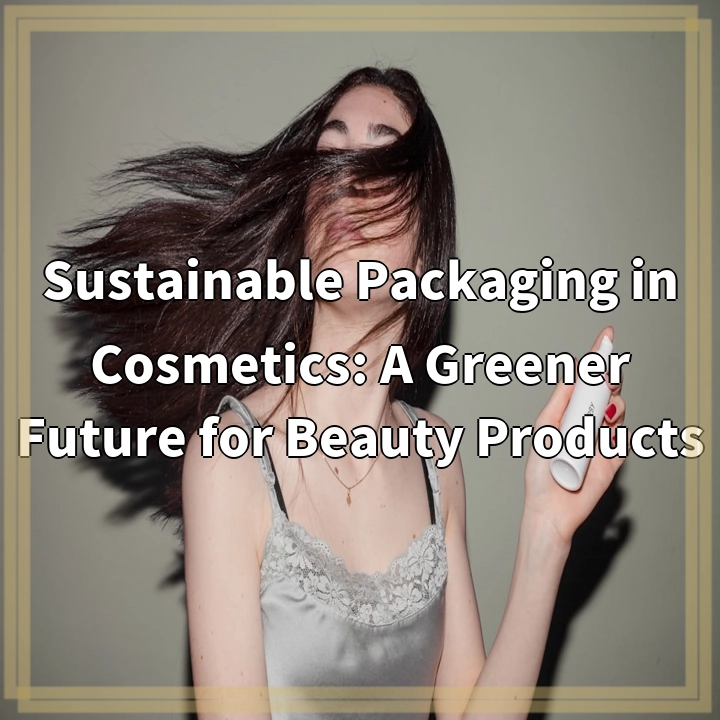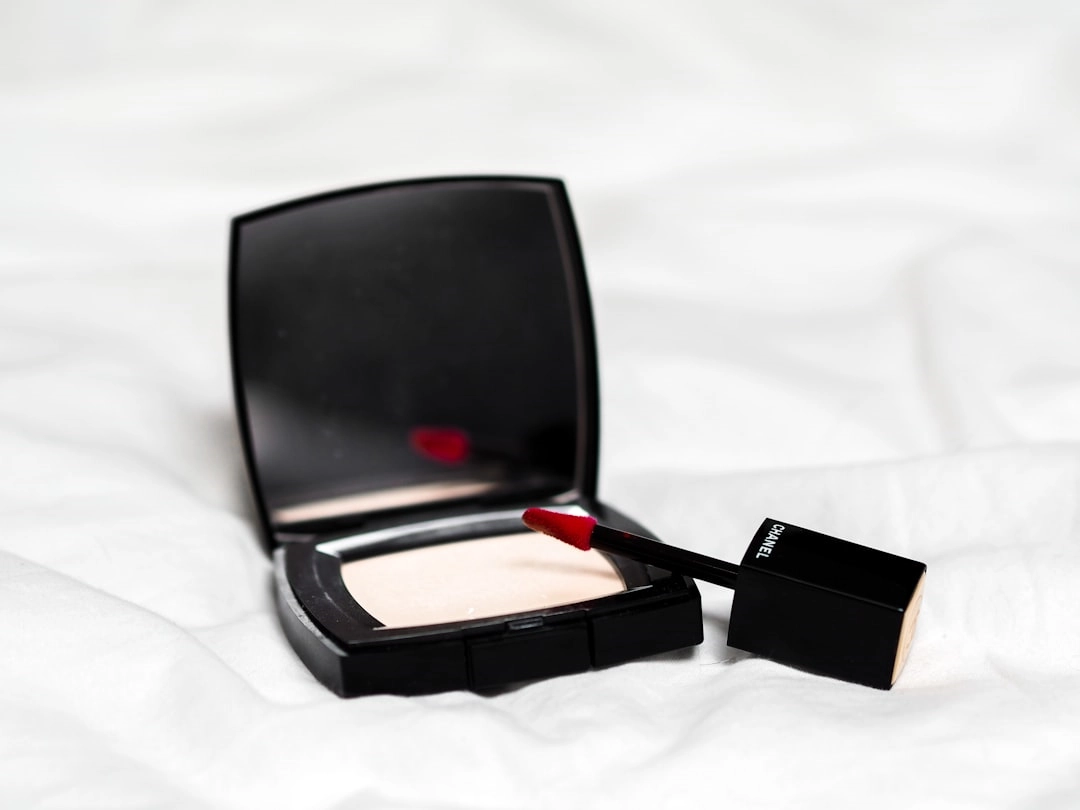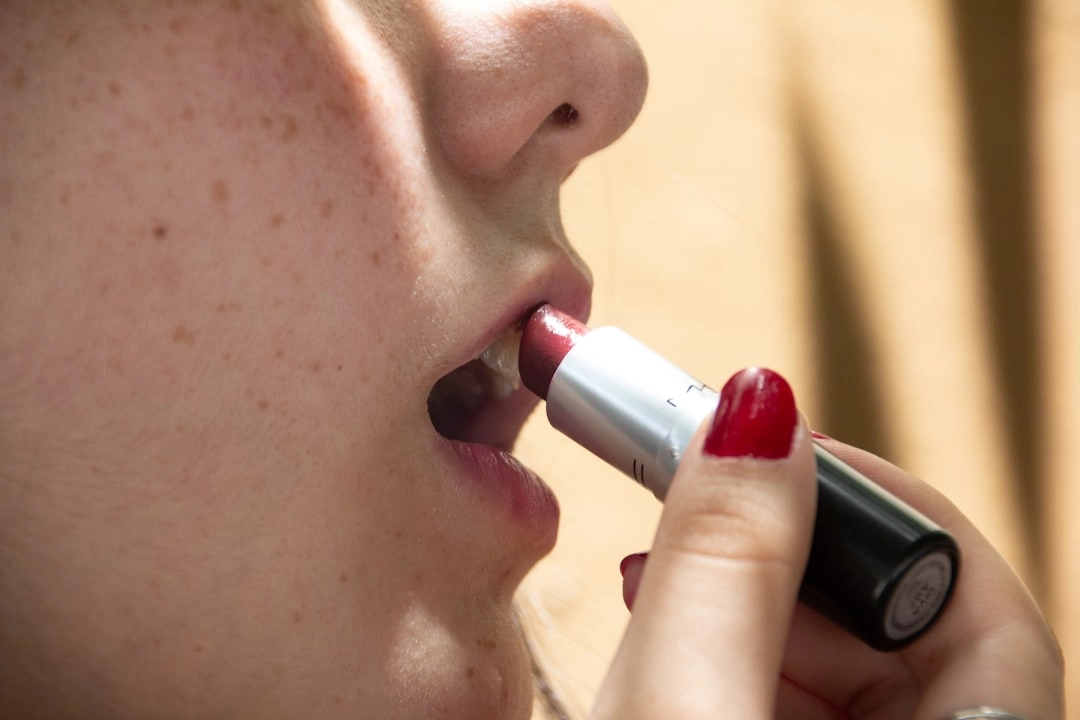
What it is:
Sustainable packaging in cosmetics refers to using materials and practices that minimize environmental impact while ensuring product safety and aesthetics. This approach prioritizes eco-friendly materials such as biodegradable plastics, recycled paper, glass, and plant-based substances. Brands are increasingly shifting towards sustainable packaging as consumers demand greater responsibility from companies regarding their environmental footprint.
Key Features of Sustainable Packaging
Some characteristics of sustainable packaging in the cosmetics industry include:
- Recyclability: Using materials that can be easily recycled to reduce waste in landfills.
- Biodegradability: Incorporating materials that break down naturally, minimizing pollution.
- Reduced Material Use: Designing packages that use less material without compromising functionality.
- Source Sustainability: Sourcing materials responsibly to ensure minimal environmental impact during production.
Real-world Problems
Despite the benefits of sustainable packaging in cosmetics, several real-world challenges hinder its widespread adoption:
Lack of Infrastructure
Many areas still lack the necessary infrastructure for recycling and composting, which poses a significant barrier to adopting sustainable packaging. Even when products are made from recyclable materials, if local systems cannot process them, they often end up in landfills.
Cost Implications
Switching to sustainable packaging can often increase production costs for brands. While consumers are increasingly willing to pay a premium for eco-friendly products, smaller brands may struggle to absorb these costs. As a result, this can limit the accessibility of sustainable options in the market.
Consumer Awareness and Education
Many consumers remain uninformed about sustainable packaging and its benefits. Misunderstandings about what constitutes truly sustainable materials can lead to “greenwashing,” where brands make misleading claims about their packaging’s environmental impact. Educating consumers is essential to building trust and encouraging responsible purchasing decisions.
Regulatory Challenges
The absence of standardized regulations regarding sustainable packaging can create confusion among brands and consumers alike. Without clear guidelines, companies may struggle to understand what materials qualify as sustainable, making it difficult to maintain transparency in their marketing efforts.
Innovation Limitations
While there have been significant advancements in sustainable packaging technologies, there are still limitations in material innovation. Some eco-friendly alternatives may not provide the same level of protection or longevity as traditional packaging, which can compromise product quality and user experience.
By addressing these challenges and promoting sustainable packaging practices, the cosmetics industry can take meaningful strides toward reducing its environmental impact and supporting a healthier planet.

Solutions for Sustainable Packaging in Cosmetics
To overcome the challenges associated with sustainable packaging in the cosmetics industry, several actionable solutions can be implemented. These solutions aim to enhance the effectiveness and accessibility of eco-friendly packaging options while fostering consumer engagement and industry innovation.
Enhancing Infrastructure
Investing in and improving recycling and composting infrastructure is crucial for increasing the efficiency of sustainable packaging. Government initiatives and partnerships with local waste management companies can help expand recycling capabilities in communities, ensuring more sustainable materials are processed correctly.
Cost Management Strategies
Cosmetic brands can adopt cost management strategies, such as bulk purchasing of sustainable materials and optimizing production processes, to reduce expenses. Collaboration with suppliers who specialize in affordable eco-friendly packaging solutions can further alleviate the financial burden on smaller brands.
Consumer Education and Transparency
Brands should invest in consumer education campaigns to raise awareness about the benefits of sustainable packaging. Clear communication about materials used, their environmental impacts, and proper disposal methods can empower consumers to make more informed choices and become advocates for sustainability.
Establishing Regulatory Standards
Industry stakeholders should collaborate to establish standardized regulations and certification processes for sustainable packaging materials. Clear guidelines will not only help brands navigate the complexities of sustainable choices but also enhance transparency and credibility in the marketplace.
Investing in Innovation
Encouraging research and development in sustainable packaging technologies is essential for addressing current limitations. Brands can partner with research institutions and startups to explore new materials and designs that provide the necessary functionality while maintaining eco-friendliness.
By implementing these solutions, the cosmetics industry can harness the potential of sustainable packaging, making strides towards a greener future while meeting consumer demand for responsible and environmentally friendly products.















